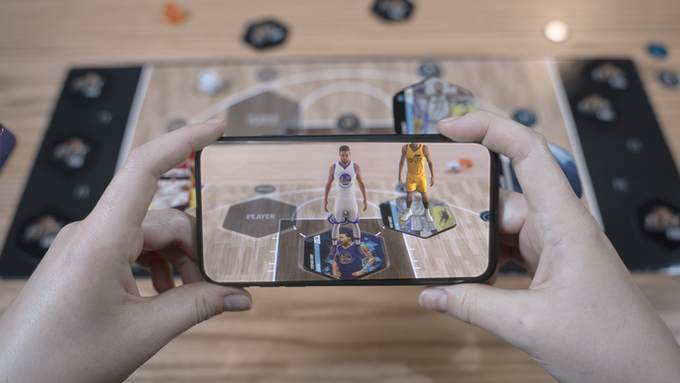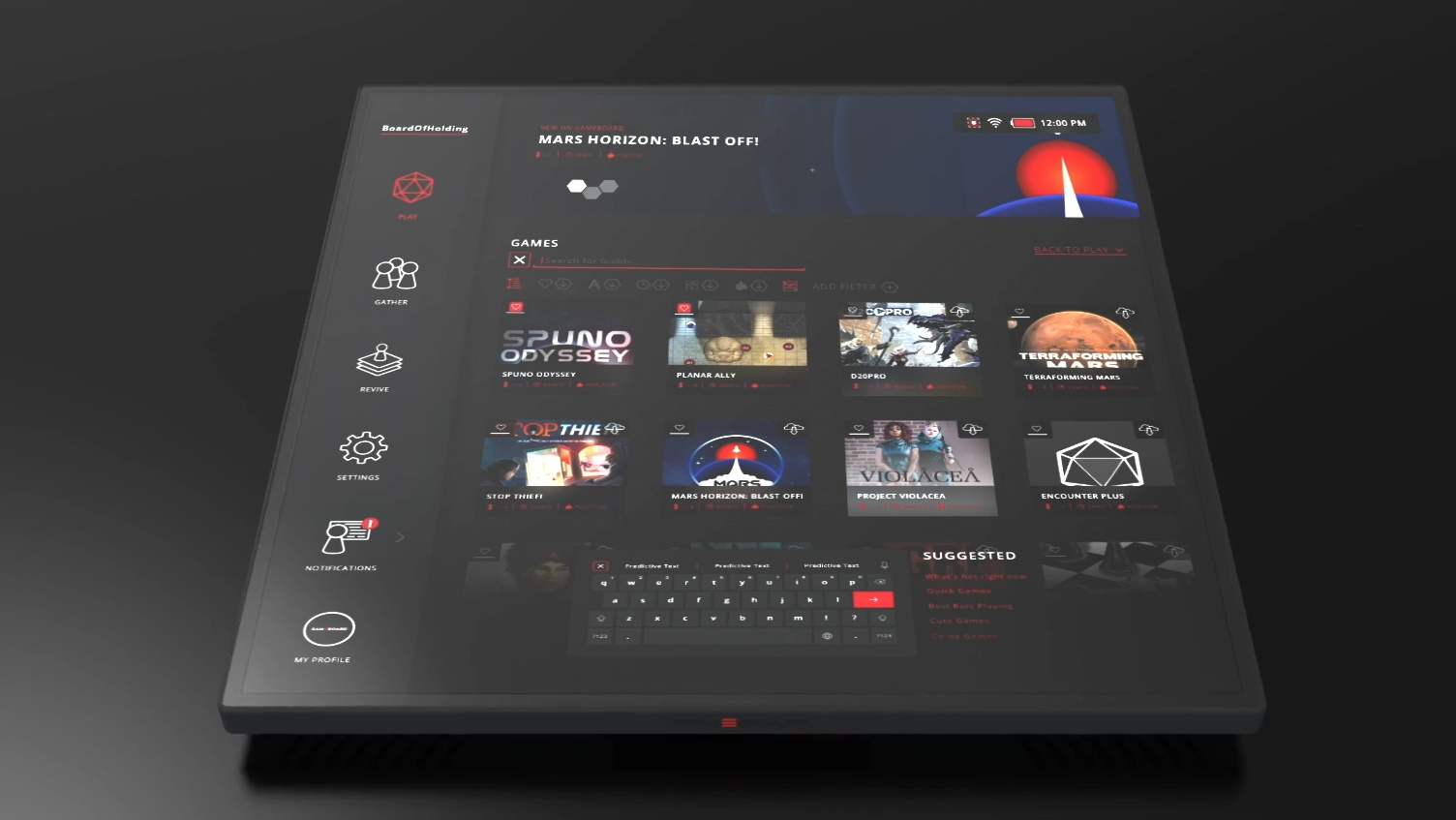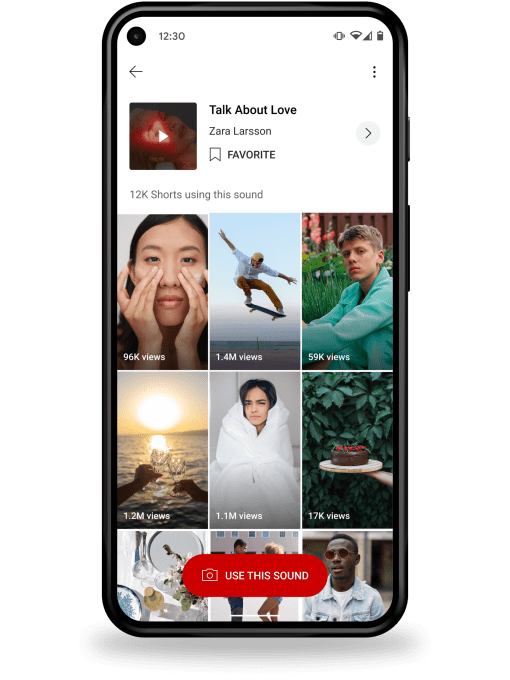Long before Covid-19 precipitated “digital transformation” across the world of work, customer services and support was built to run online and virtually. Yet it too is undergoing an evolution supercharged by technology.
Today, a startup called SightCall, which has built an augmented reality platform to help field service teams, the companies they work for, and their customers carry out technical and mechanical maintenance or repairs more effectively, is announcing $42 million in funding, money that it plans to use to invest in its tech stack with more artificial intelligence tools and expanding its client base.
The core of its service, explained CEO and co-founder Thomas Cottereau, is AR technology (which comes embedded in their apps or the service apps its customers use, with integrations into other standard software used in customer service environments including Microsoft, SAP, Salesforce and ServiceNow). The augmented reality experience overlays additional information, pointers and other tools over the video stream.
This is used by, say, field service engineers coordinating with central offices when servicing equipment; or by manufacturers to provide better assistance to customers in emergencies or situations where something is not working but might be repaired quicker by the customers themselves rather than engineers that have to be called out; or indeed by call centers, aided by AI, to diagnose whatever the problem might be. It’s a big leap ahead for scenarios that previously relied on work orders, hastily drawn diagrams, instruction manuals, and voice-based descriptions to progress the work in question.
“We like to say that we break the barriers that exist between a field service organization and its customer,” Cottereau said.
The tech, meanwhile, is unique to SightCall, built over years and designed to be used by way of a basic smartphone, and over even a basic mobile network — essential in cases where reception is bad or the locations are remote. (More on how it works below.)
Originally founded in Paris, France before relocating to San Francisco, SightCall has already built up a sizable business across a pretty wide range of verticals, including insurance, telecoms, transportation, telehealth, manufacturing, utilities, and life sciences/medical devices.
SightCall has some 200 big-name enterprise customers on its books, including the likes of Kraft-Heinz, Allianz, GE Healthcare and Lincoln Motor Company, providing services on a B2B basis as well as for teams that are out in the field working for consumer customers, too. After seeing 100% year-over-year growth in annual recurring revenue in 2019 and 2020, SightCall’s CEO says it’s looking like it will hit that rate this year as well, with a goal of $100 million in annual recurring revenue.
The funding is being led by InfraVia, a European private equity firm, with Bpifrance also participating. The valuation of this round is not being disclosed, but I should point out that an investor told me that PitchBook’s estimate of $122 million post-money is not accurate (we’re still digging on this and will update as and when we learn more).
For some further context on this investment, InfraVia invests in a number of industrial businesses, alongside investments in tech companies building services related to them such as recent investments in Jobandtalent, so this is in part a strategic investment. SightCall has raised $67 million to date.
There has been an interesting wave of startups emerging in recent years building out the tech stack used by people working in the front lines and in the field, a shift after years of knowledge workers getting most of the attention from startups building a new generation of apps.
Workiz and Jobber are building platforms for small business tradespeople to book jobs and manage them once they’re on the books; BigChange helps manage bigger fleets; and Hover has built a platform for builders to be able to assess and estimate costs for work by using AI to analyze images captured by their or their would-be customers’ smartphone cameras.
And there is Streem, which I discovered is a close enough competitor to SightCall that they’ve acquired Adwords ads based on SightCall searches in Google. Just ahead of the Covid-19 pandemic breaking wide open, General Catalyst-backed Streem was acquired by Frontdoor to help with the latter’s efforts to build out its home services business, another sign of how all of this is leaping ahead.
What’s interesting in part about SightCall and sets it apart is its technology. Co-founded in 2007 by Cottereau and Antoine Vervoort (currently SVP of product and engineering), the two are both long-time telecoms industry vets who had both worked on the technical side of building next-generation networks.
SightCall first started life as a company called Weemo that built video chat services that could run on WebRTC-based frameworks, which emerged at a time when we were seeing a wider effort to bring more rich media services into mobile web and SMS apps. For consumers and to a large extent businesses, mobile phone apps that work ‘over the top’ (distributed not by your mobile network carrier but the companies that run your phone’s operating system, and thus partly controlled by them) really took the lead and continue to dominate the market for messaging and innovations in messaging.
After a time, Weemo pivoted and renamed itself as SightCall, focusing on packaging the tech that it built into whichever app (native or mobile web) where one of its enterprise customers wanted the tech to live.
The key to how it works comes by way of how SightCall was built, Cottereau explained. The company has spent ten years building and optimizing a network across data centers close to where its customers are, which interconnects with Tier 1 telecoms carriers and has a lot of latency in the system to ensure uptime. “We work with companies where this connectivity is mission critical,” he said. “The video solution has to work.”
As he describes it, the hybrid system SightCall has built incorporates its own IP that works both with telecoms hardware and software, resulting in a video service that provides 10 different ways for streaming video and a system that automatically chooses the best in a particular environment, based on where you are, so that even if mobile data or broadband reception don’t work, video streaming will. “Telecoms and software are still very separate worlds,” Cottereau said. “They still don’t speak the same language, and so that is part of our secret sauce, a global roaming mechanism.”
The tech that the startup has built to date not only has given it a firm grounding against others who might be looking to build in this space, but has led to strong traction with customers. The next steps will be to continue building out that technology to tap deeper into the automation that is being adopted across the industries that already use SightCall’s technology.
“SightCall pioneered the market for AR-powered visual assistance, and they’re in the best position to drive the digital transformation of remote service,” said Alban Wyniecki, partner at InfraVia Capital Partners, in a statement. “As a global leader, they can now expand their capabilities, making their interactions more intelligent and also bringing more automation to help humans work at their best.”
“SightCall’s $42M Series B marks the largest funding round yet in this sector, and SightCall emerges as the undisputed leader in capital, R&D resources and partnerships with leading technology companies enabling its solutions to be embedded into complex enterprise IT,” added Antoine Izsak of Bpifrance. “Businesses are looking for solutions like SightCall to enable customer-centricity at a greater scale while augmenting technicians with knowledge and expertise that unlocks efficiencies and drives continuous performance and profit.”
Cottereau said that the company has had a number of acquisition offers over the years — not a surprise when you consider the foundational technology it has built for how to architect video networks across different carriers and data centers that work even in the most unreliable of network environments.
“We want to stay independent, though,” he said. “I see a huge market here, and I want us to continue the story and lead it. Plus, I can see a way where we can stay independent and continue to work with everyone.”







